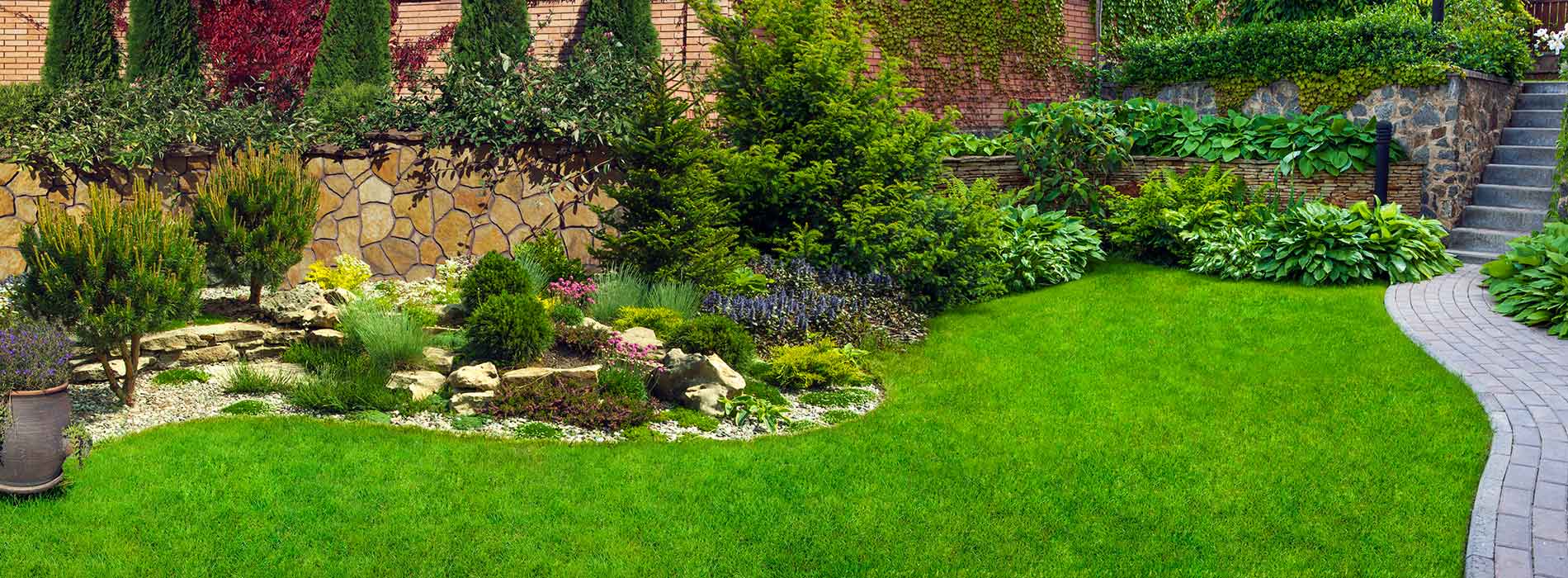Designing a garden is a creative and rewarding process that can transform your outdoor space into a beautiful and functional area. Whether you are starting from scratch or looking to revamp an existing garden, there are a few key steps to follow to ensure that your vision becomes a reality. In this guide, we will take you through the process of designing your perfect garden, from planning and layout to plant selection and maintenance.
Planning and Layout: The first step in designing your garden is to plan the layout of your space. Consider the size and shape of your garden, as well as any existing features such as trees or slopes. Think about how you want to use your garden – do you want a space for entertaining, a vegetable garden, or a peaceful oasis for relaxation? Once you have a rough idea of your layout, sketch out a plan on paper or use a garden design tool to create a digital layout.
Hardscaping Elements
Hardscaping elements like paths, patios, and retaining walls can add structure and visual interest to your garden. Consider the materials you want to use, such as stone, brick, or concrete, and how they will complement the surrounding landscape. Work with a professional hardscaping company to ensure that these elements are installed properly and will stand the test of time.
Plant Selection
The key to a beautiful garden is choosing the right plants for your space. Consider your climate zone,soil type, and sun exposure when selecting plants. Choose a variety of plants that will bloom at different times of the year to ensure that your garden is always in bloom. Think about the colors, textures, and heights of your plants to create visual interest and balance. Consider adding trees and shrubs to provide structure and shade, and consider using native plants to create an ecosystem that supports local wildlife.
Maintenance
Once your garden is designed and installed, it’s important to maintain it properly to ensure that it stays healthy and beautiful. Regular watering, fertilizing, and pruning are essential to keep your plants thriving. Consider using organic or natural methods to reduce the use of chemicals and pesticides, which can harm the environment and local wildlife. Work with a professional landscaper to create a maintenance plan that meets the needs of your garden and fits your schedule.
In conclusion, designing a garden is a fun and rewarding process that can transform your outdoor space into a beautiful and functional area. By following these steps, you can create a garden that suits your style and meets your needs. Remember to plan your layout, incorporate hardscaping elements, select the right plants, and maintain your garden properly to ensure that it stays healthy and beautiful for years to come. With a little creativity and effort, you can turn your dreams of a perfect garden into a reality.

